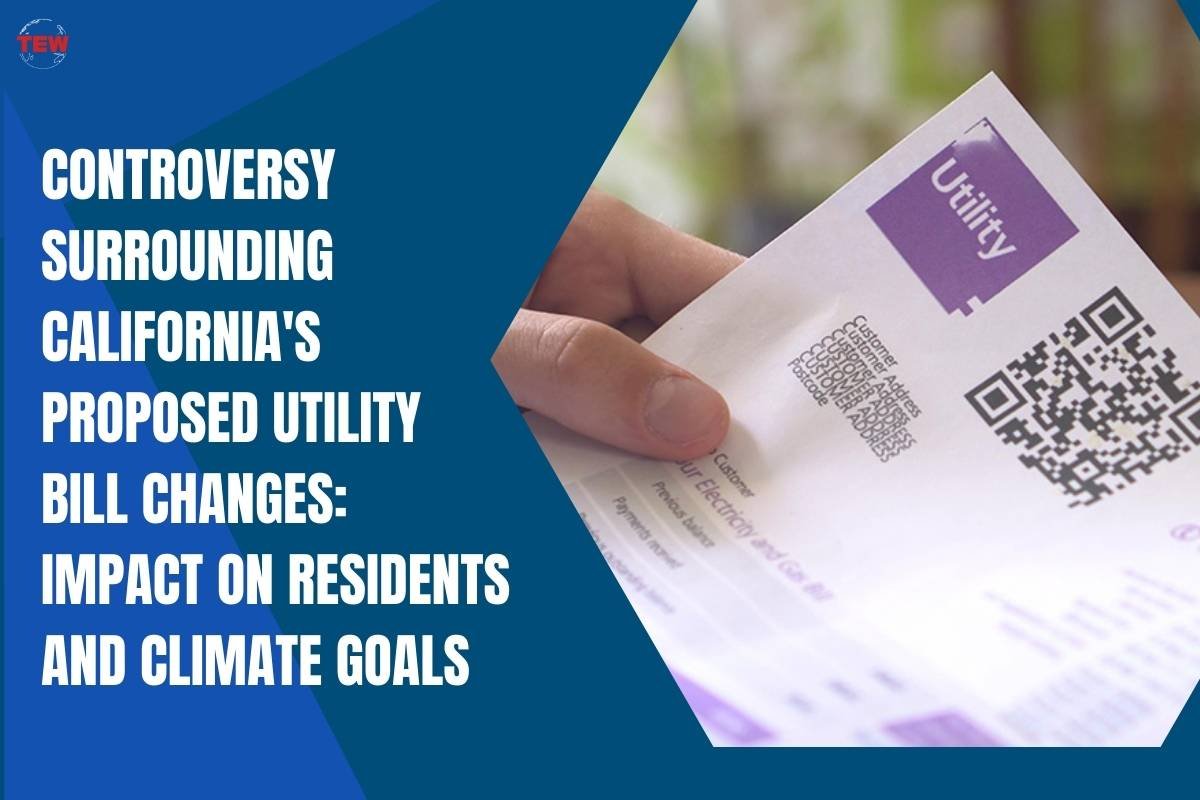California regulators are currently developing a ratemaking procedure that would introduce fixed monthly charges to utility bills, with these charges varying based on income levels. Among the proposals being considered, some suggest fixed charges as high as $128 per month, irrespective of the amount of electricity consumed at the residence.
The California Public Utilities Commission (CPUC) argues that the proposed charge is necessary to alleviate financial strain on low-income residents of California. However, this rationale has come under scrutiny from 18 California Congressional members.
Debate Over Fixed Monthly Charges: Balancing Affordability and Conservation
In a letter addressed to California Public Utilities Commission Reynolds, the coalition of Congressional members warned that a single parent earning $40,000 per year, residing in a small apartment in the costly San Diego area, would be compelled to pay a new fixed charge of $73 monthly, regardless of efforts to minimize energy usage.
Economist, rate design expert, and California resident Ahmad Faruqui has modeled that the Income Graduated Fixed Charge (IGFC) not only fails to assist low-income residents in saving costs but also disproportionately impacts customers with low electric bills. Faruqui argues that this charge discourages energy conservation at home and diminishes the value of rooftop solar installations, adversely affecting the return on investment.
Expressing concern, the state Representatives highlighted that imposing a high fixed charge could impede families from realizing cost savings through home electrification, energy efficiency improvements, or the installation of distributed energy resources such as rooftop solar.
Challenges to Climate Initiatives: How Proposed Policies Conflict with Environmental Goals
The proposed decision has garnered unanimous support from the state’s large investor-owned utilities, which stand to benefit from a reduced presence of customer-sited solar and decreased electricity conservation. However, this decision directly contradicts the state’s objectives of promoting energy affordability, conservation, emission reduction, and climate resilience, according to the Congressional members.
The letter to the California Public Utilities Commission also pointed out that even a $33 per month fixed charge would set California apart with a monthly fixed charge three times the national average. Furthermore, there are minimal barriers preventing utilities from further increasing electric rates once they establish the highest fixed charges in the country.
In recent times, California residents have faced challenges from investor-owned utility companies and the California Public Utilities Commission. Major utility PG&E implemented a 13% increase in electricity rates, compounding existing high rates. Additionally, the state passed NEM 3.0, reducing solar export compensation and causing a decline in the rooftop solar market, resulting in significant job losses and bankruptcies among solar installers.
Furthermore, CPUC’s decision to halt the emerging community solar market, which offered a means for renters and those with unsuitable rooftops for solar to save on electricity bills, has faced criticism. Advocates of community solar legislation argue that it could yield annual bill savings of approximately $300 per household, with total ratepayer savings estimated at $9 billion.
Regarding the income-graduated fixed charge, California Representatives advocate for a comprehensive analysis that extends beyond internal assessments by investor-owned utilities concerning its impact on California families.
In a joint letter to the California Public Utilities Commission, Congressional members Mike Levin and Mike Thompson emphasized the need for thorough scrutiny and analysis, urging the CPUC to ensure that any proposed policy changes do not disproportionately burden low- and middle-income families or hinder efforts to combat climate change through energy efficiency, conservation, or distributed energy resources.







